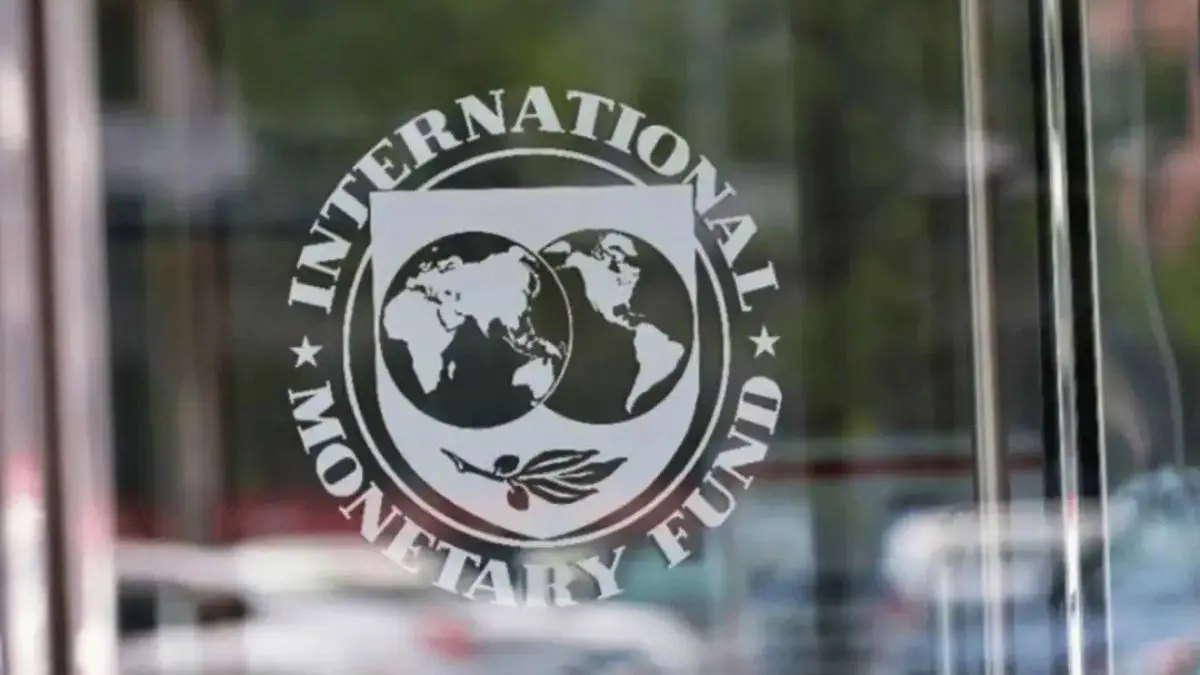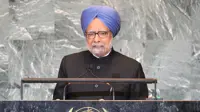IMF lowers India’s FY26 growth projection to 6.2% amidst global trade woes
24 Apr 2025

The Indian economy is expected to grow at a slower pace of 6.2 per cent in the current financial year (April 2025-March 2026), against the earlier estimate of a 6.5 per cent growth, latest projections by the International Monetary Fund’s (IMF) World Economic Outlook, released in Tuesday, showed.
The IMF also slashed its 2025 GDP forecast for China to 4 per cent from 4.6 per cent and that for Japan to 0.6 per cent from 1.1 per cent earlier.
The updated IMF report, which incorporates the effects of policy announcements by the US administration on the global economy, forecasts global growth this year to be around 2.8 per cent against 3.2 per cent projected earlier and 3 per cent next year.
Growth in the euro area is predicted at 0.8 per cent in 2025, 0.2 percentage points lower than WEO’s January forecast.
The IMF report projects growth in advanced economies at 1.4 per cent in 2025. Growth in emerging markets and developing economies is expected to slow down to 3.7 per cent in 2025 and 3.9 per cent in 2026.
The IMF’s revised projections are based on the growing trade tensions that have already impacted individual economies. The World Economic Outlook cited trade disruptions, mainly stemming from the reciprocal tariffs imposed by the United States, as the main cause of the subdued outlook.
According to IMF assessment, the heightened economic policy uncertainty and rising market volatility will risk global financial stability and a decline in investor confidence with resulting sell-offs in equity markets.
The WEO report projected US economic growth to slow to 1.8 per cent, down from 2.7 per cent projected in January this year, while growth in the euro area is forecast to slow to 0.6 per cent from 0.8 per cent projected earlier.
For most countries, addressing domestic imbalances would, to a certain extent, help raise growth and lower trade imbalances.
For Europe, IMF prescribes public spending on infrastructure to accelerate growth, while for China, it says boosting domestic demand wold help and for the US, growth would hinge on fiscal consolidation.






















